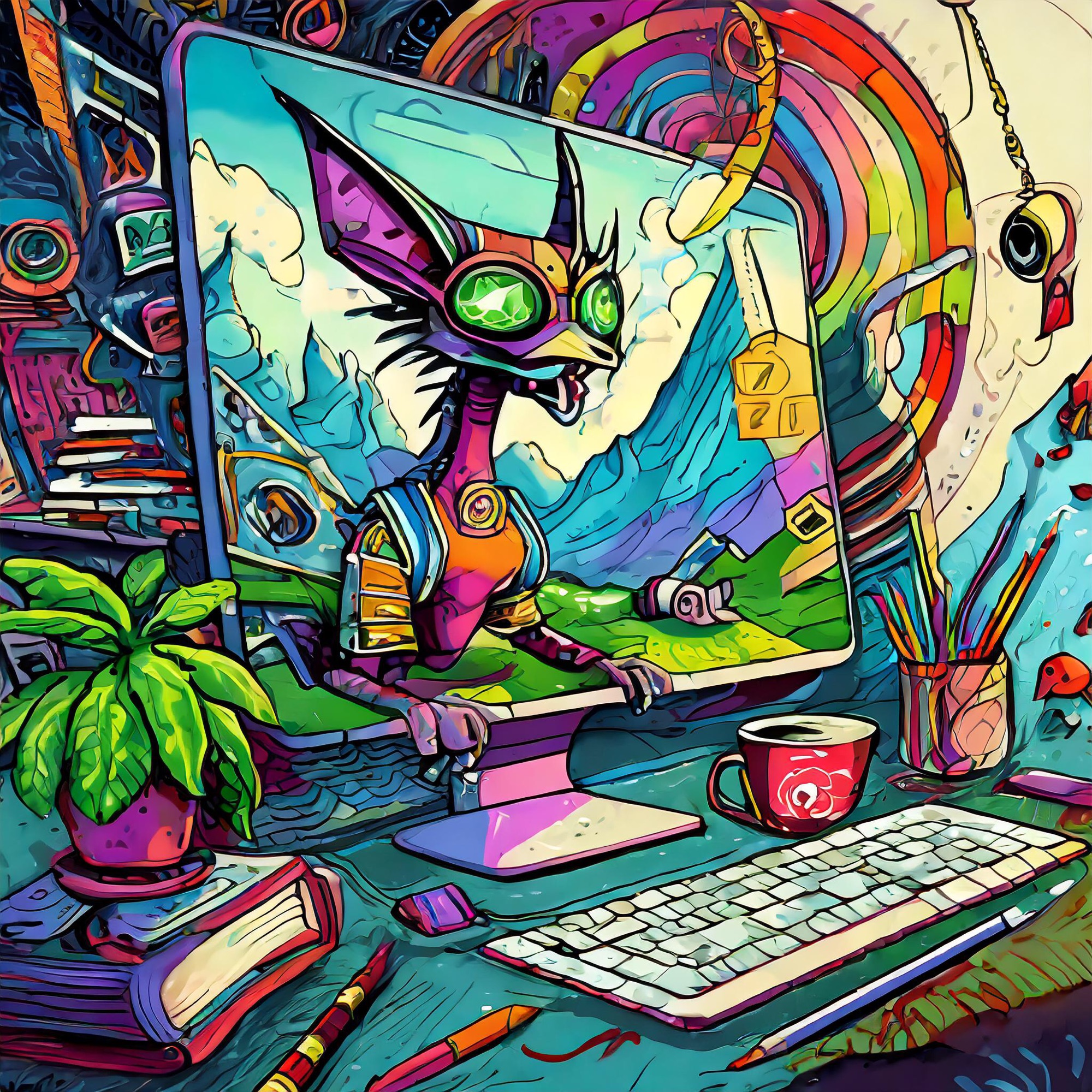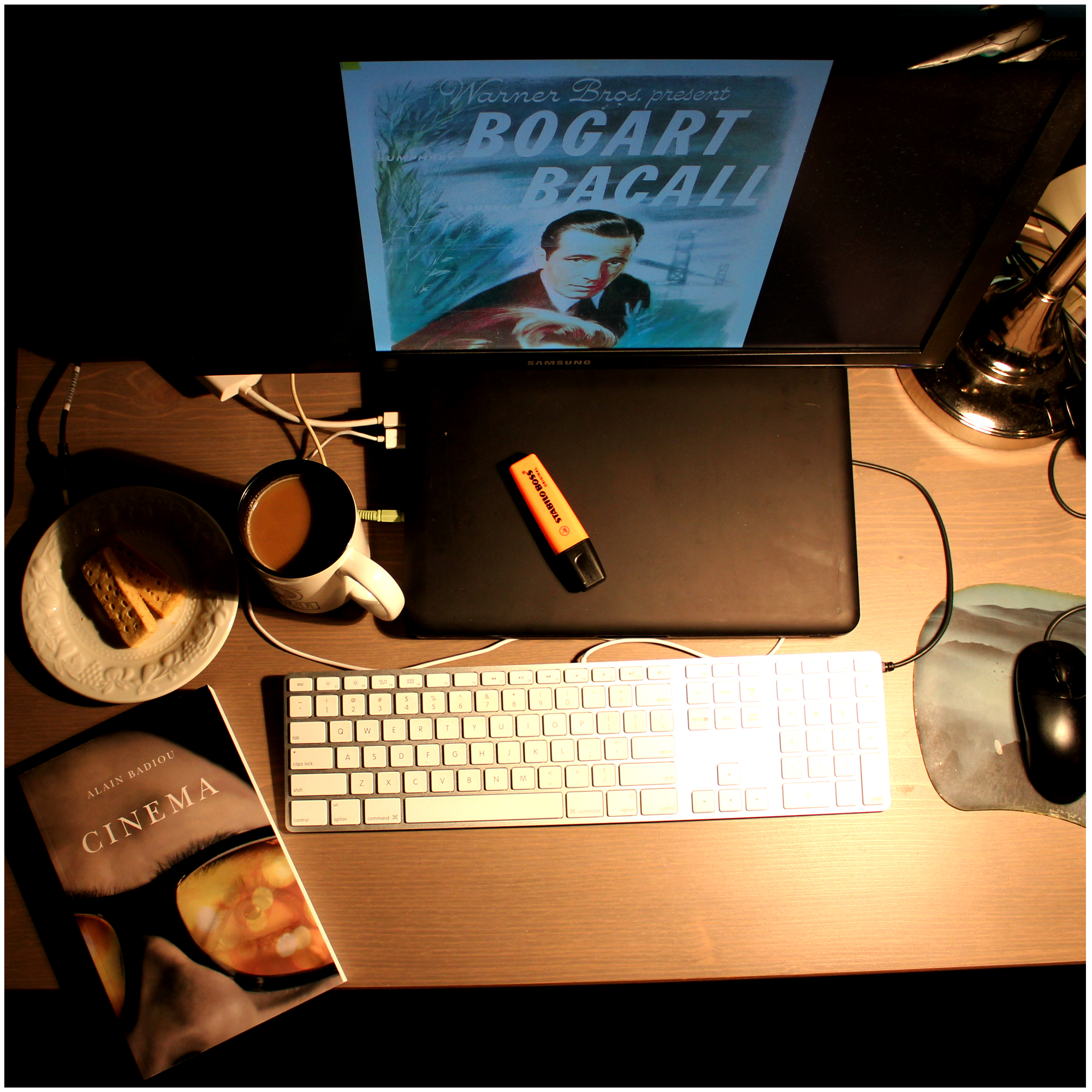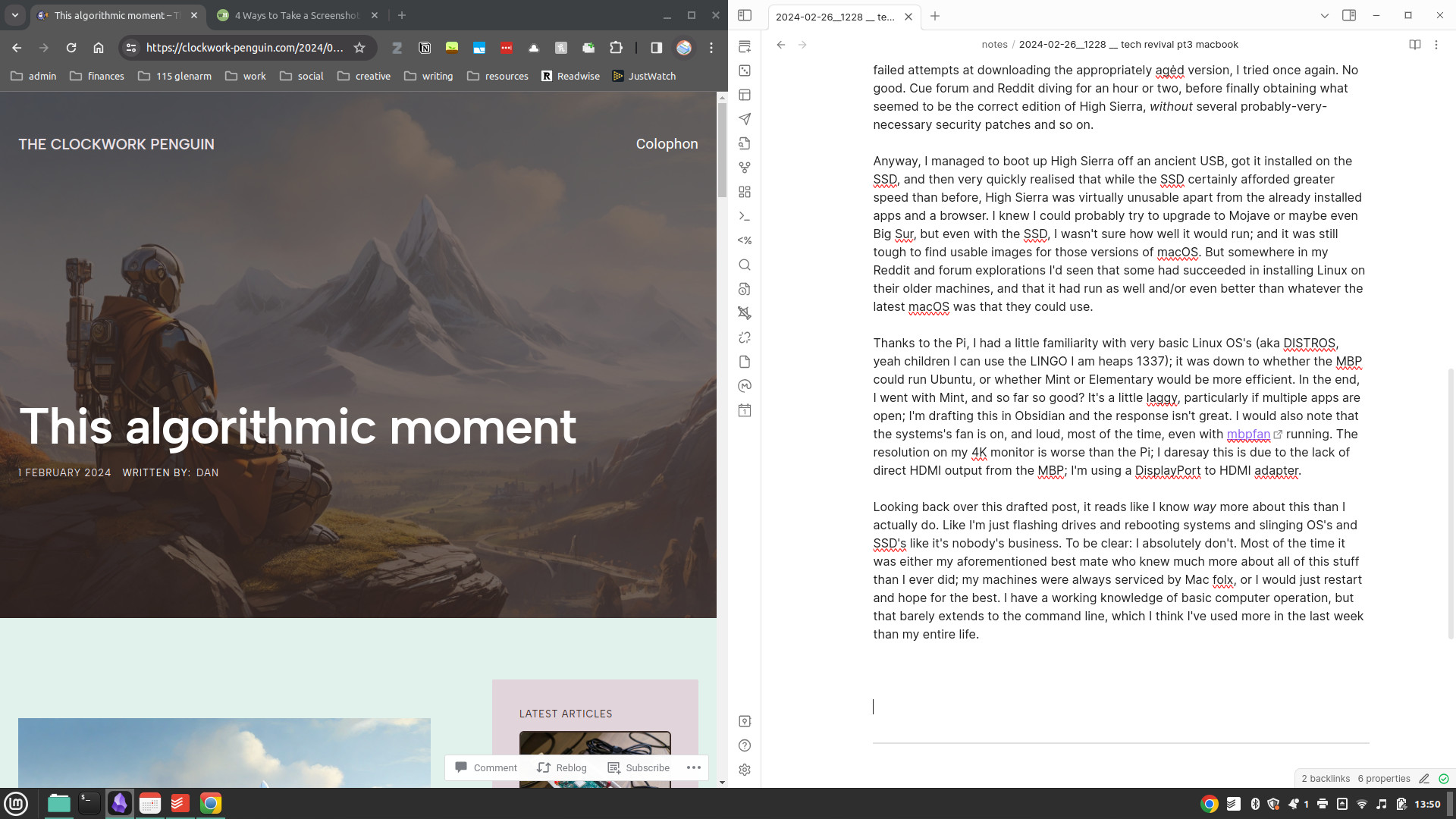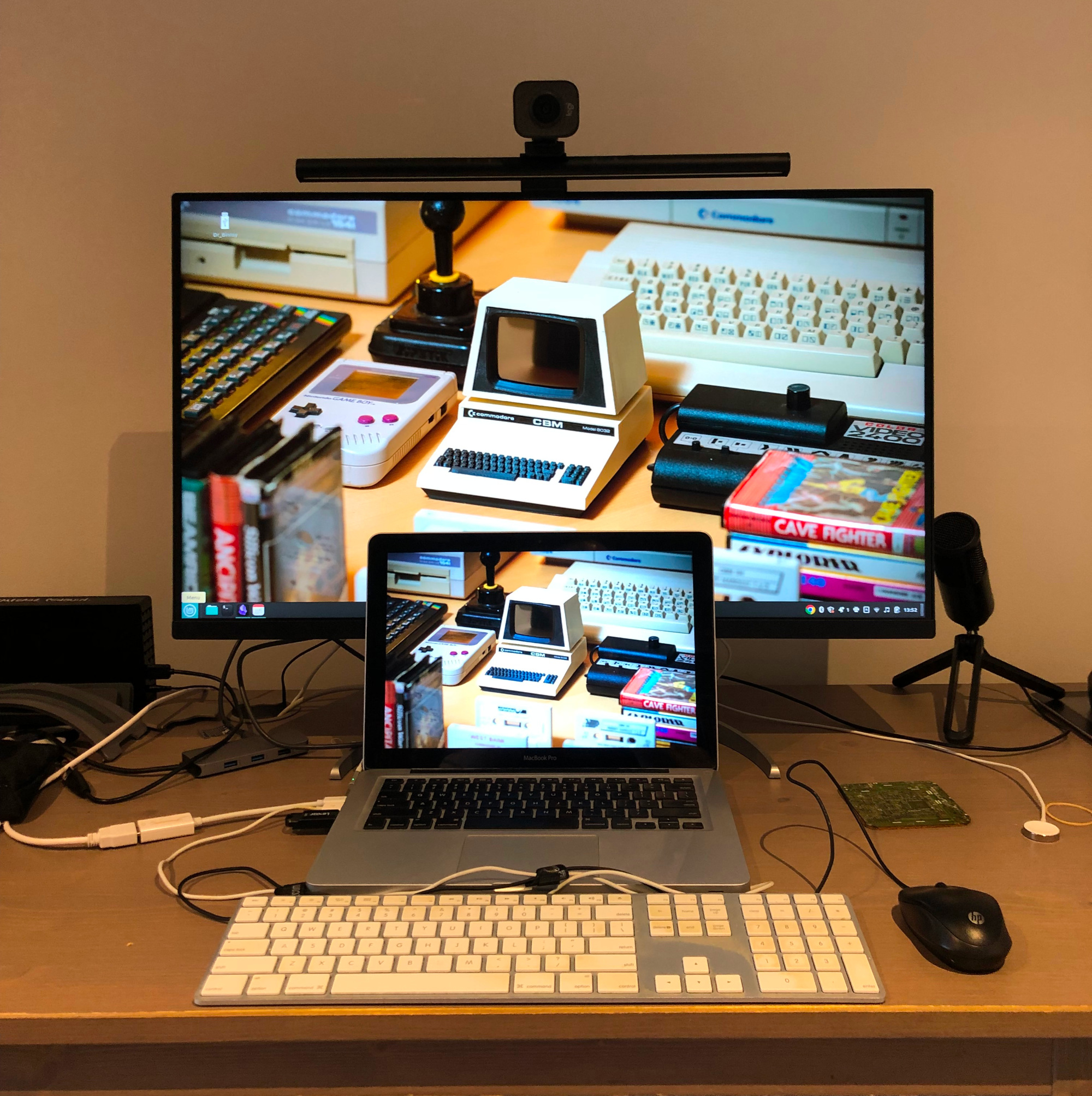
I threw around a quick response to this article on the socials this morning and, in particular, some of the reactions I was seeing. Here’s the money quote from photographer Annie Leibovitz, when asked about the effects of AI tools, generative AI technology, etc, on photography:
“That doesn’t worry me at all,” she told AFP. “With each technological progress, there are hesitations and concerns. You just have to take the plunge and learn how to use it.”1
The paraphrased quotes continue on the following lines:
She says AI-generated images are no less authentic than photography.
“Photography itself is not really real… I like to use PhotoShop. I use all the tools available.”
Even deciding how to frame a shot implies “editing and control on some level,” she added.2
A great many folx were posting responses akin to ‘Annie doesn’t count because she’s in the 1%’ or ‘she doesn’t count because she’s successful’, ‘she doesn’t have to worry anymore’ etc etc.
On the one hand it’s typical reactionary stuff with which the socials are often ablaze. On the other hand, it’s fair to fear the impact of a given innovation on your livelihood or your passion.
As I hint in my own posts3, though, I think the temptation to leap on this as privilege is premature, and a little symptomatic of whatever The Culture and/or The Discourse is at the moment, and has been for the duration of the platformed web, if not much longer.
Leibovitz is and has always been a jobbing artist. Sure, in later years she has been able to pick and choose a little more, but by all accounts she is a busy and determined professional, treating every job with just as much time, effort, dedication as she always has. The work, for Leibovitz, has value, just as much — if not more — than the product or the paycheck.
I don’t mean to suddenly act my age, or appear much older and grumpier than I am, but I do wonder about how much time aspiring or current photographers spend online discussing and/or worrying and/or reacting to the latest update or the current fad-of-the-moment. I 100% understand the need for today’s artists and creators to engage in some way with the social web, if only to put their names out there to try and secure work. But if you’re living in the comments, whipping yourselves and others into a frenzy about AI or whatever it is, is that really the best use of your time?
The irony of me asking such questions on a blog where I do nothing but post and react is not lost on me, but this blog for me is a scratchpad, a testing ground, a commonplace book; it’s a core part of my ‘process’, whatever that is, and whatever it’s for. This is practice for other writing, for future writing, for my identity, career, creative endeavours as a writer. It’s a safe space; I’m not getting angry (necessarily), or seeking out things to be angry about.
But I digress. Leibovitz is not scared of AI. And as someone currently working in this space, I can’t disagree. Having even a rudimentary understanding of what these tools are actually doing will dispel some of the fear.
Further, photography, like the cinema that it birthed, has already died a thousand deaths, and will die a thousand more.
Brilliant4 photography lecturer and scholar Alison Bennett speaks to the legacy and persistence of photographic practice here:
“Recent examples [of pivotal moments of change in photography] include the transition from analogue film to digital media in the late 20th century, then the introduction of the internet-connected smart phone from 2007,” they said.
“These changes fundamentally redefined what was possible and how photography was used.
“The AI tipping point is just another example of how photography is constantly being redefined.”5
As ever, the tools are not the problem. The real enemies are the companies and people that are driving the tools into the mainstream at scale. The companies that train their models on unlicensed datasets, drawn from copyrighted material. The people that buy into their own bullshit about AI and AGI being some kind of evolutionary and/or quasi-biblical moment.
For every post shitting on Annie Leibovitz, you must have at least twenty posts actively shitting on OpenAI and their ilk, pushing for ethically-sourced and maintained datasets, pushing for systemic change to the resource management of AI systems, including sustainable data centers.
The larger conceptual questions are around authenticity and around hard work. If you use AI tools, are you still an authentic artist? Aren’t AI tools just a shortcut? Of course, the answers are ‘not necessarily’. If you’ve still done the hard yards to learn about your craft, to learn about how you work, to discover what kinds of stories and experiences you want to create, to find your voice, in whatever form it takes, then generative AI is a paintbrush. A weird-looking paintbrush, but a paintbrush nevertheless (or plasticine, or canvas, or glitter, or an app, etc. etc. ad infinitum).
Do the work, and you too can be either as ambivalent as Leibovitz, or as surprised and delighted as you want to be. Either way, you’re still in control.
Notes ↩︎
- Agence France-Presse 2024, ‘Photographer Annie Leibovitz: “AI doesn’t worry me at all”’, France 24, viewed 26 March 2024, <https://www.france24.com/en/live-news/20240320-photographer-annie-leibovitz-ai-doesn-t-worry-me-at-all>.
↩︎ - ibid. ↩︎
- See here, and with tiny edits for platform affordances here and here. What’s the opposite of POSSE? PEPOS? ↩︎
- I am somewhat biased as, at the time of writing, Dr. Bennett and I currently share a place of work. To look through their expanded (heh) works, go here. ↩︎
- Odell, T 2024, ‘New exhibition explores AI’s influence on the future of photography’, RMIT University, viewed 26 March 2024, <https://www.rmit.edu.au/news/all-news/2024/mar/photo-2024>.
↩︎







